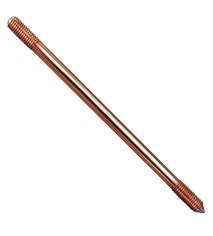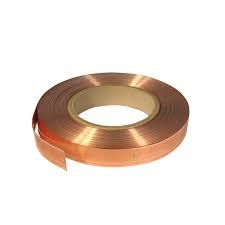Description
An earthing rod, also called a ground rod, is a conductive metal rod, typically made of copper or galvanized steel, driven deep into the ground to provide a low-resistance pathway for electrical current to dissipate into the earth, thus protecting against electrical shock by providing a safe route for fault currents to flow in case of a malfunction in an electrical system;
Key points about earthing rods:
Function:
To safely direct electrical surges or fault currents to the ground, minimizing the risk of electric shock.
Material:
Usually made from copper due to its high electrical conductivity and corrosion resistance, although other options like copper-coated steel are also available.
Installation:
Driven into the ground using a specialized tool, ensuring proper contact with the soil.
Connections:
Connected to the electrical system using a grounding conductor, typically a wire, to establish a path to the earth.
Important considerations:
Soil type: Soil conditions significantly impact the effectiveness of an earthing rod, as drier soil has higher resistance.
Rod length: The length of the rod should be appropriate for the soil conditions and desired grounding level.
Multiple rods: In certain situations, multiple earthing rods may be used together to improve grounding efficiency.






Reviews
There are no reviews yet.